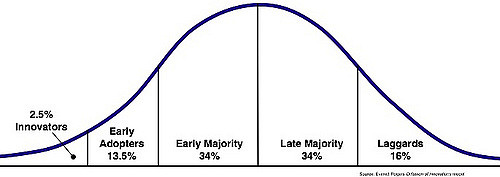here are four ways to get Bitcoins:
The first one is pretty simple and self-explanatory: you offer goods or services in exchange for Bitcoins. No strings attached, just determine the price of your service or goods in BTC and make the exchange. The buyer will send the appropriate amount of BTC to your wallet and upon receiving it you will provide the requested service or goods.
The second way to get BTC would be to make a purchase through Bitcoin exchange. Generally, there are plenty of different exchange sites available where you can look for buyers and sellers of BTC. You will also need to use your Bank Account, which will be linked to the exchange website to make BTC purchases.
Although there are a few exchanges that let you buy BTC with other methods of payment, such as PayPal, usually there are additional fees involved when using these alternative payment formats.
The third option is a bit less private and anonymous, and more hand to hand. You can find a person near you who is offering to sell BTC and pay them in cash for the transaction. This option is usually deemed as more risqué since hand to hand transfer of money is involved, thus we suggest avoiding this method of acquiring BTC as much as possible.
The last way, and to some the most appealing way, to get Bitcoins is through “mining.” Bitcoin mining is a process through which transactions on the Bitcoin network are validated and stored on the blockchain, the ledger which keeps track of all Bitcoin transactions.
There is specific hardware which has been developed and designed to make the calculations to verify transactions more optimal and efficient than if it was done by a standard computer.

